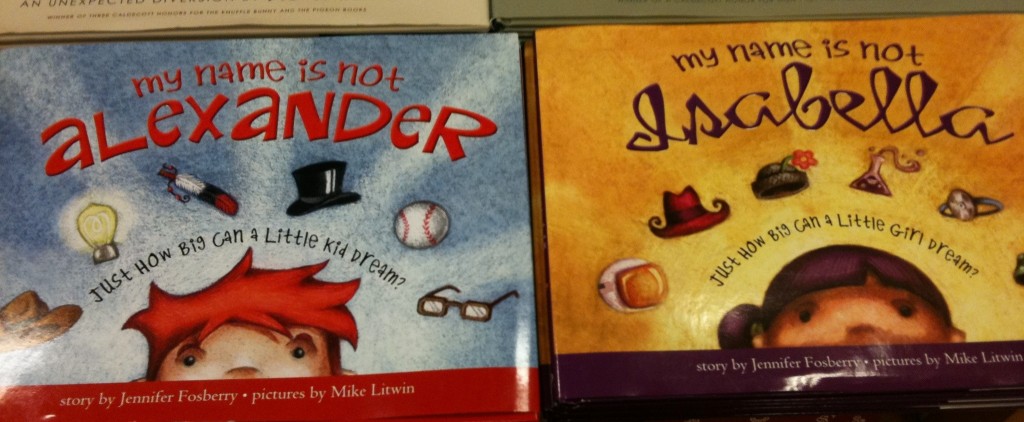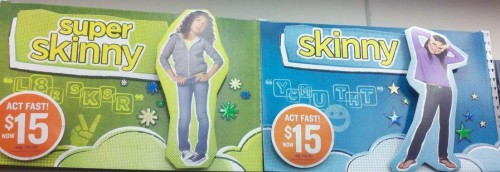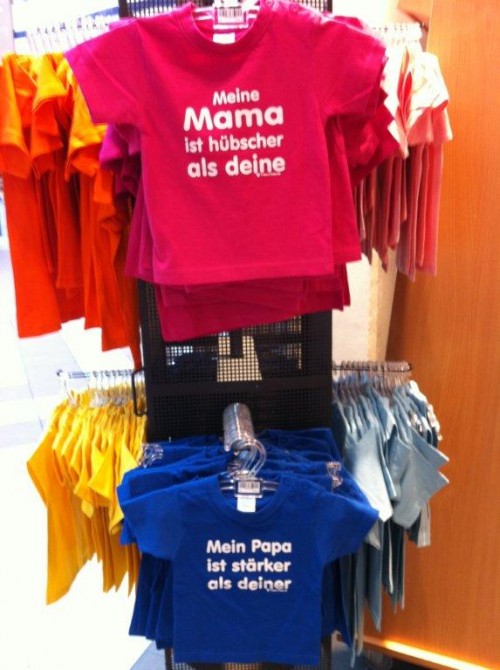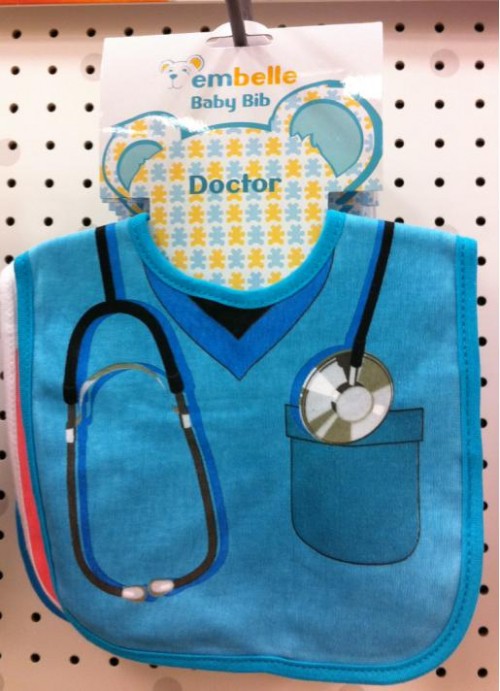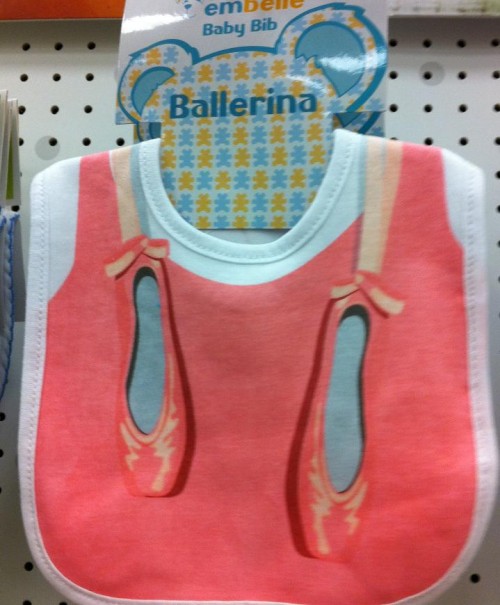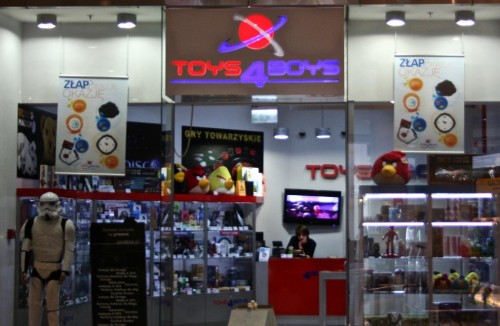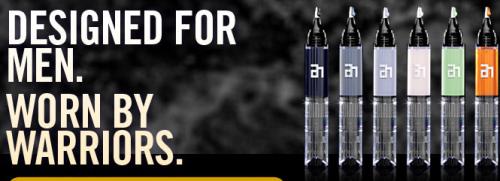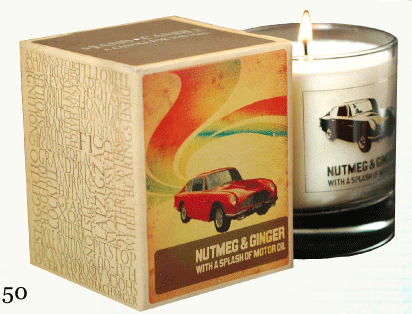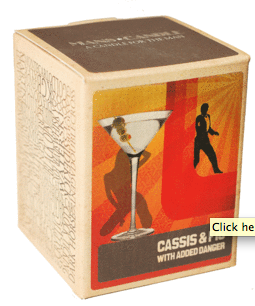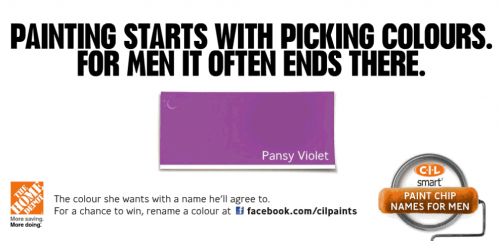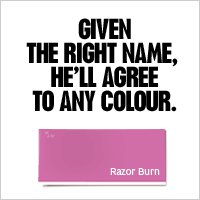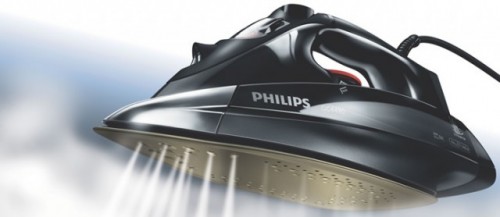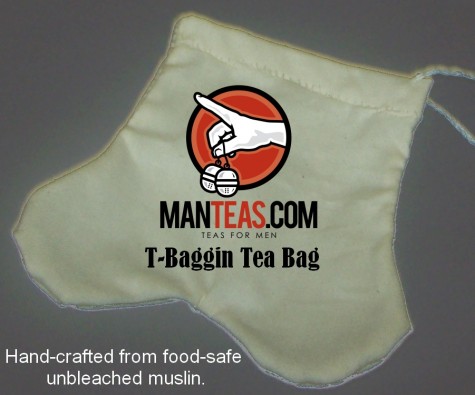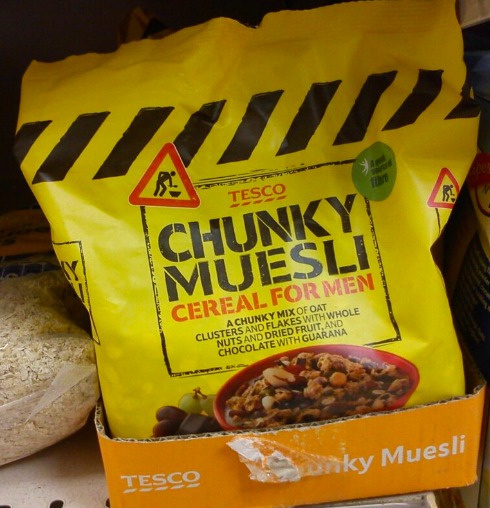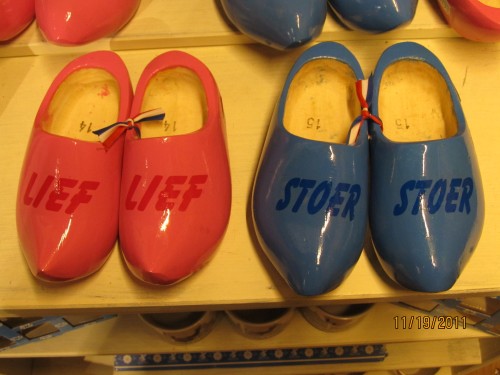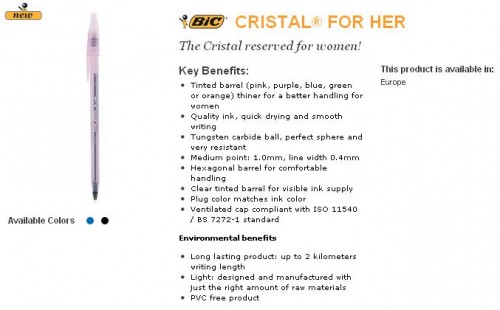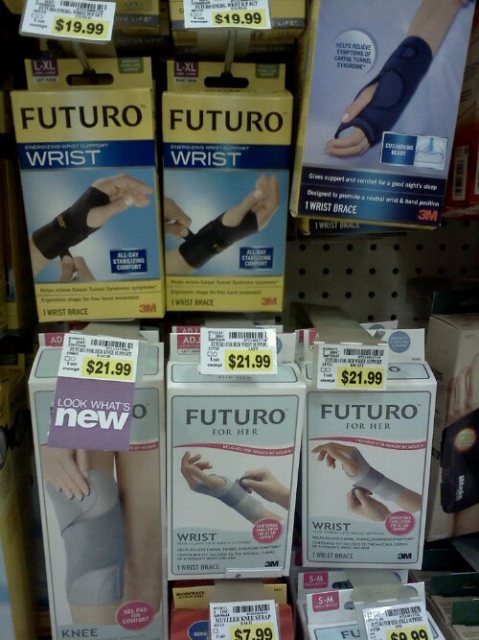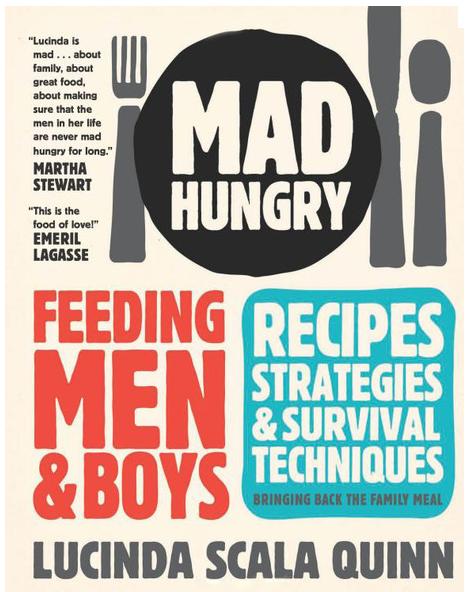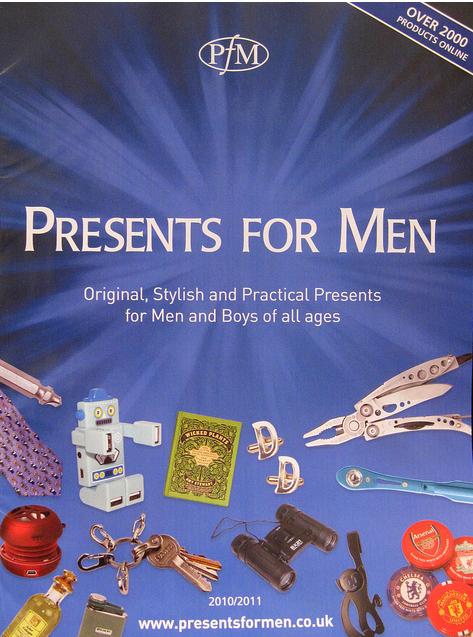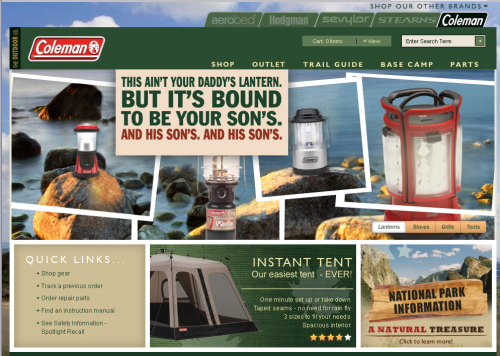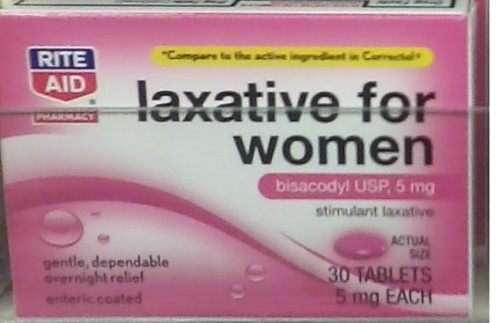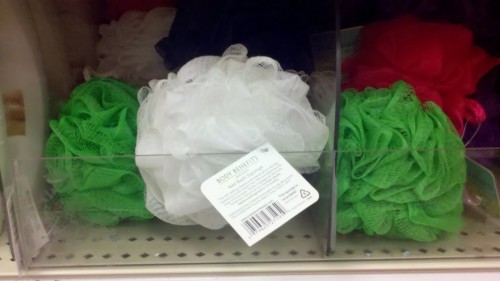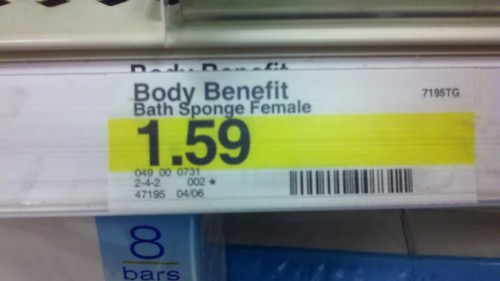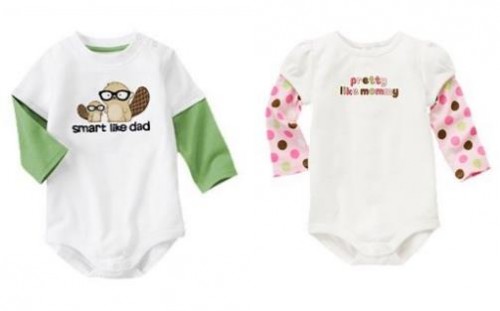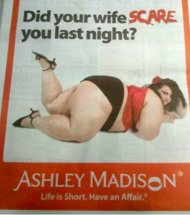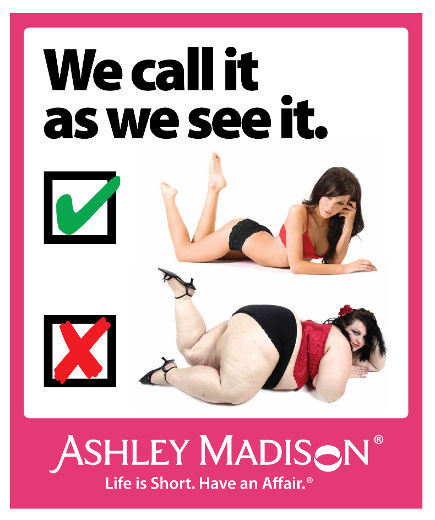Cross-posted at Ms.
It’s time for a round-up of all the reader submissions illustrating the annoying habit of having products and products-for-women. The phenomenon illustrates the way we continue to think of men as people and women as women, thereby centering men and men’s lives as “normal” and women’s as “special” (and not in a good way).
Anti-Monkey Butt Powder and Lady Anti-Monkey Butt Powder, sent in by Jennifer N.:
Alexander is a “little kid,” Isabella is a “little girl” (thanks Heather F.!):
Snippet from a consumer survey taken by Alison M.:
SMBC t-shirt order page, sent in by Mordy O.:
At REI, Jackie H. noticed, there are “road bikes,” “mountain bikes,” “recreational bikes,” “urban and commuting bikes,” and… “women’s bikes”:
And no men = people, women = women round-up would be complete without a sports website. As Amy H. says: “Basketball, Running, Soccer, Football, Baseball, Training, Women. Sigh.”
For more, see an earlier round up of the neutral male and our posts on the Body Worlds exhibit, “regular” t-shirts and women’s t-shirts, scientists and female scientists, Best Buy assumes customers are male, stick figures are stick figures who parent, default avatars.
Lisa Wade, PhD is an Associate Professor at Tulane University. She is the author of American Hookup, a book about college sexual culture; a textbook about gender; and a forthcoming introductory text: Terrible Magnificent Sociology. You can follow her on Twitter and Instagram.


